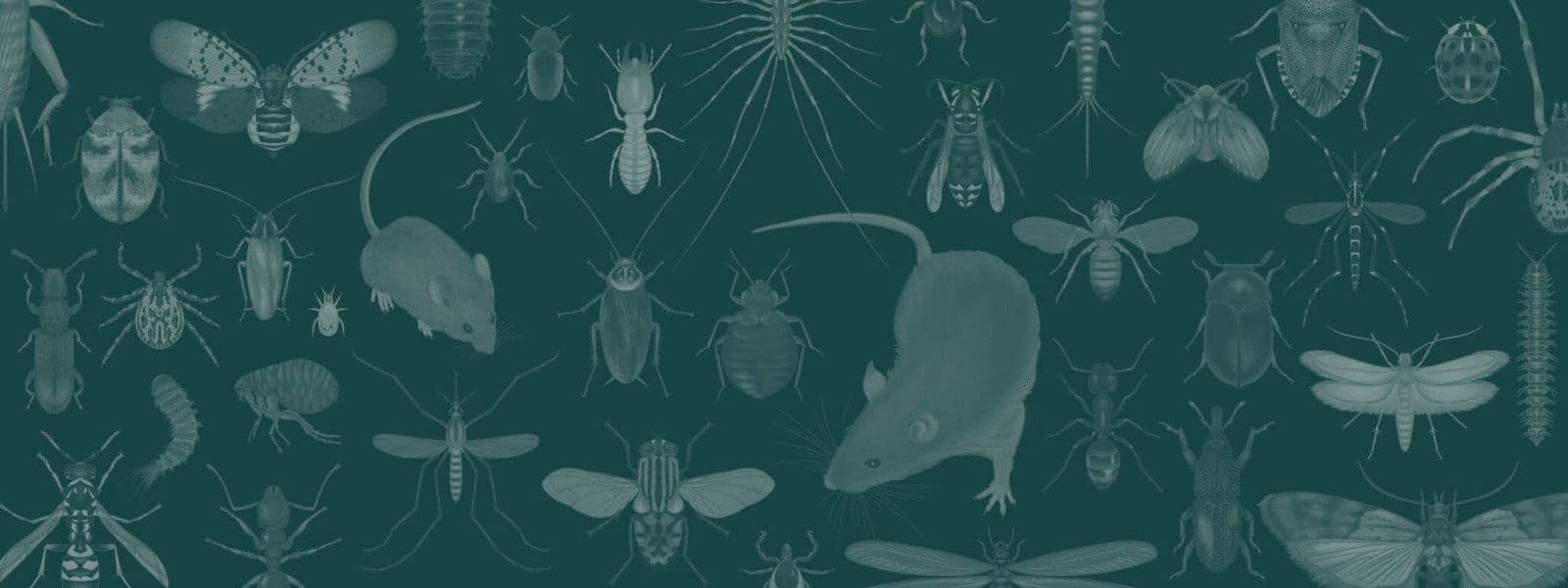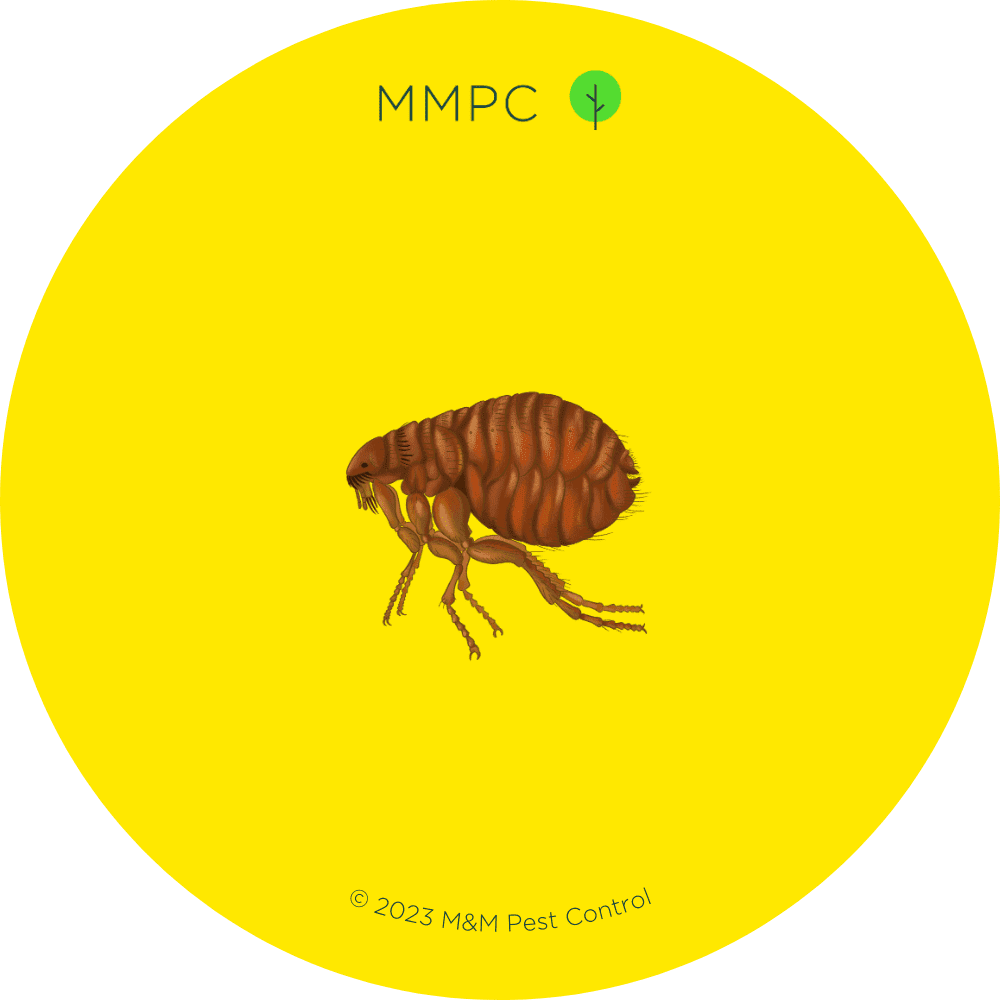
About Fleas
Fleas are common blood-sucking insects with flattened bodies and powerful legs, and their bites can cause significant discomfort for both pets and humans. These tiny insects are known for their ability to jump long distances and quickly infest homes, especially those with pets. Once they’ve established a foothold, they can be challenging to eliminate completely.
While fleas can transmit serious diseases like the bubonic plague, a more common concern is tapeworm, which pets may contract when accidentally swallowing a flea infected with tapeworm larvae.
Fleas in Your Home
Fleas are usually brought into homes by pets who come in contact with other infested animals outside. Once indoors, these pests lay eggs near your pet’s sleeping areas and feed off their blood.
Getting rid of fleas requires a multi-pronged approach. Pets can be treated with frequent baths with flea shampoo, combing, and using flea control products like collars and sprays. To address an infestation in your home, start by washing pet bedding, including blankets, cushions, and toys, in hot water (at least 140°F) to kill fleas, eggs, and larvae. Floors, carpets, furniture, and upholstery in affected areas should be vacuumed or steam cleaned.
For severe infestations, consult a pest control professional to safely and thoroughly treat areas with targeted flea control insecticides.

Pest Species in New York City / Tri-State Area:
Cat Flea
Ctenocephalides felis
Despite their name, “cat” fleas are the most common species of flea found on both dogs and cats in the United States.
Once an unsuspecting pet picks up fleas outside and brings into the home, they may end up breeding and infesting pet bedding, furniture. floors, carpets, and walls.
Besides cats and dogs, these blood-sucking, disease-spreading pests pose a health risk to humans as well. Flea bites resemble bed bugs bites (itchy, red bumps), but they tend to be concentrated around ankles and legs.

Size: 1/16″ – 1/8″ long (1.5 – 3 mm); about the size of a chia seed
Color: Reddish-brown to black
Shape: Laterally flattened, oval-shaped body with a small head and 6 legs; does not have wings
Identifying Features
- 6 spiny legs (hind legs are noticeably longer and more developed for powerful jumping)
- Laterally flatted body (appears flat when laid on its side) covered in dark-colored spines
- Small, sloping head with piercing-sucking mouthparts and 2 characteristic rows of spines (combs)
- Genal comb located above the mouth, resembling a mustache
- Pronotal comb located on the first thoracic segment behind the head, resembling a mane of hair


